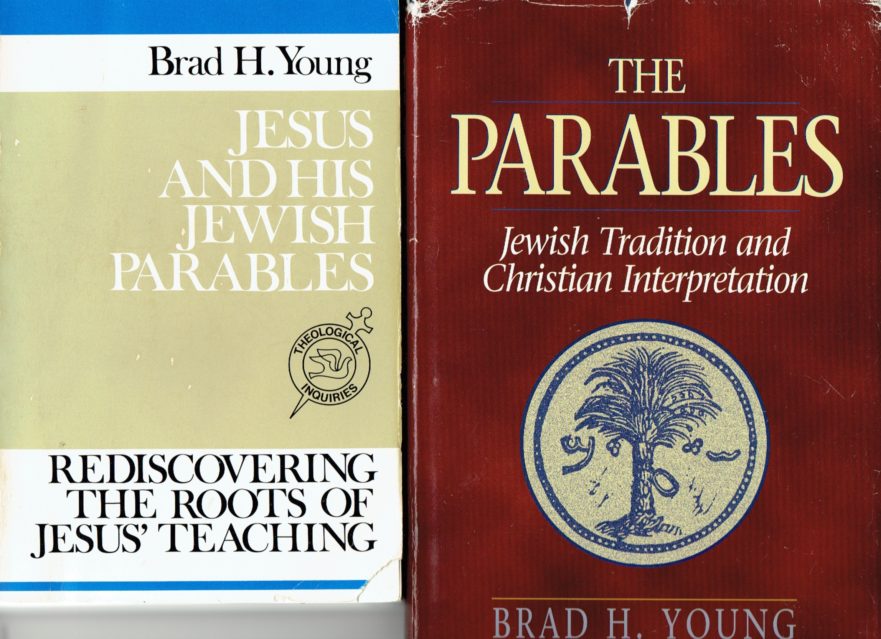The rabbis taught, “Do not underestimate the value of parables, because by means of parables a person can master the words of Torah” (Song of Songs Rabbah 1:8).
The sages of Jesus’ day employed parables to teach scriptural truths such as the dangers of bad associations and the importance of the proper training of children. For instance:
A parable, to what may the matter be compared? To a king who had a young son. He entrusted him to two nursemaids. One occupied herself with harlotry and the other with witchcraft. The king ordered them to give his son milk but not to teach him their ways. Thus the Holy One, blessed be He, warned Israel concerning the Egyptians and the Canaanites, “Do not learn their ways,” and He also said, “Train a child in the way he should go, and when he is old he will not depart from it” [Prov. 22:6]. (Sifra, Codex Assemani 66, Finkelstein edition, p. 388)
The sages also employed parables to teach about God’s love for people and interpersonal relationships. They used parables to give spiritual advice, to warn and exhort. By means of parables one could even teach about life after death and the Judgment:
To what may this be compared? To a human king who owned a beautiful orchard which contained splendid figs. Now he appointed two watchmen, one lame and the other blind. One day the lame man said to the blind man, “I see beautiful figs in the orchard. Put me on your shoulders so that we can pick and eat them.” So the lame man got on the shoulders of the blind man and they gathered the figs and ate them.
Some time later, the owner of the orchard came and asked them, “Where are those beautiful figs?” The lame man replied, “Do I have feet to walk with?” The blind man replied, “Do I have eyes to see with?” What did the owner do? He placed the lame man upon the blind man and judged them together. So the Holy One, blessed be He, will bring the soul, replace it in the body and judge them together…. (b. Sanhedrin 91a-b)
Jesus’ Teaching
One-third of Jesus’ teaching is in parable form. If we misunderstand his parables, we misunderstand a significant portion of his teaching.
The parables take the abstract world of spiritual values and enable us to visualize them in concrete terms. For instance, Jesus teaches that the Kingdom of God is of inestimable value. He makes this point with the parables of the Pearl of Great Price and the Treasure Hidden in a Field.
The parable is a mini-drama. The scenes of the parable are like the scenes of a play. One must not become so interested in the various details of the parable that one misses the main message.
Interpretation
A parable is a picture, an allegory, but we must be careful not to over-allegorize. For example, note the way Augustine (354-430 A.D.) interpreted the Parable of the Good Samaritan:
“A certain man went down from Jerusalem to Jericho” — Adam himself is meant. “Jerusalem” is the heavenly city of peace, from whose blessedness Adam fell. “Jericho” means the moon and signifies our mortality because it is born, waxes, wanes and dies. “Thieves” are the devil and his angels. “Who stripped him,” namely of his immortality; “and beat him” by persuading him to sin…. The “priest and Levite” who seeing him, passed by, signify the priesthood and ministry of the Old Testament, which could profit nothing for salvation…. The “inn” is the Church, where travelers returning to their heavenly country are refreshed after pilgrimage. The “morrow” is after the resurrection of the Lord…. The “innkeeper” is the Apostle [Paul]…. (Quaestiones Evangeliorum II, 19)
Although Augustine’s interpretation is ingenious, it hides the message Jesus desired to communicate.
A parable is not the spiritual reality the parable-teller is trying to portray. It is a representation of that reality, a shadow of the substance. One discovers points of contact between the reality and the picture with which it is portrayed, but the picture is not the reality.




